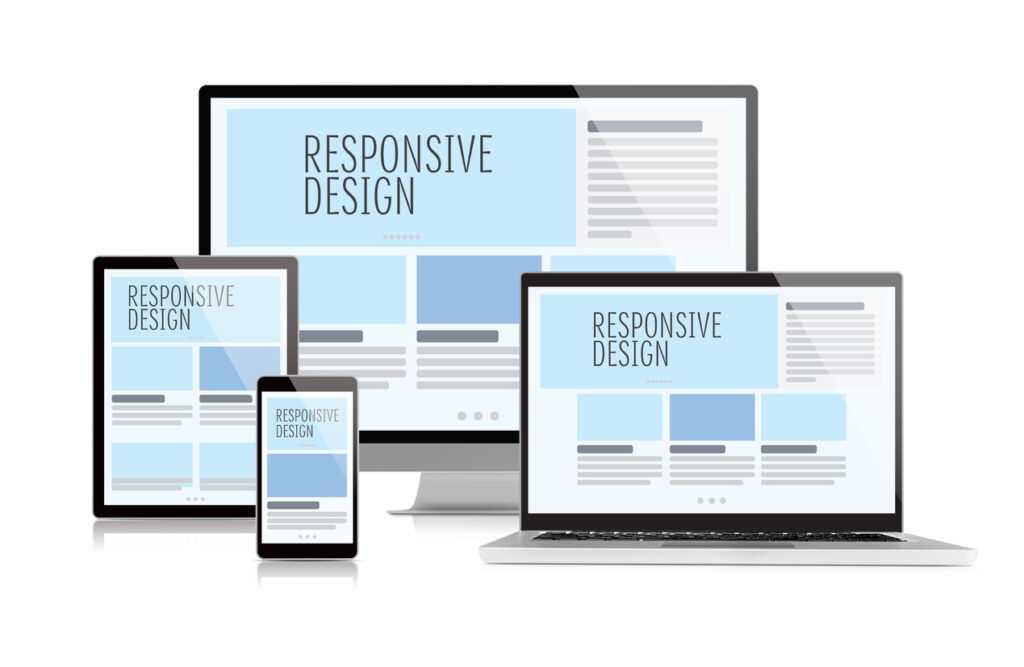Index Surge: Amplifying Your Insights
Stay updated with the latest trends and news across various industries.
Responsive Web Design: Where Pixels Meet Perfection
Unlock the secrets of responsive web design and discover how to achieve pixel-perfect perfection for every device!
Understanding the Basics of Responsive Web Design
Responsive Web Design is a crucial aspect of modern web development that ensures websites are accessible and visually appealing across a variety of devices and screen sizes. The primary goal of responsive design is to provide an optimal viewing experience, minimizing the need for resizing, panning, and scrolling. This approach typically involves the use of flexible grids, layouts, and images that automatically adjust according to the user's device. By implementing media queries, developers can apply different styles to different screen sizes, ensuring that the content is always presented in the most effective manner.
To grasp the fundamentals of Responsive Web Design, it’s essential to consider the following key principles:
- Fluid Grid Layouts: Instead of fixed pixel widths, elements are sized in relative units like percentages, allowing them to scale based on the viewport.
- Flexible Images: Images and media are set to automatically resize within the constraints of their containing element, preventing overflow.
- Media Queries: CSS techniques that apply styles based on device characteristics, such as width or screen resolution, enabling tailored layouts for each device.

Top 10 Benefits of Using Responsive Design for Your Website
Responsive design is essential for modern websites, as it ensures an optimal viewing experience across a wide range of devices. One of the primary benefits is improved user experience, as users can easily navigate and interact with your site whether they're on a desktop, tablet, or smartphone. This adaptability can lead to longer visit durations and lower bounce rates, ultimately enhancing your site's performance in search engine results.
Another key advantage of using responsive design is SEO benefits. Search engines, particularly Google, prioritize websites that are mobile-friendly. By adopting a responsive design, you're not only enhancing user engagement but also increasing the likelihood of your site ranking higher in search results. This means more organic traffic and greater visibility for your brand in a competitive digital landscape.
How to Test and Optimize Your Website for Different Devices
In today's digital landscape, ensuring your website is optimized for different devices is crucial for enhancing user experience and improving SEO. Start by conducting a comprehensive test across various platforms, including desktops, tablets, and smartphones. Utilize tools like Google’s Mobile-Friendly Test and BrowserStack to emulate different devices and identify issues related to layout, navigation, and load times. Pay special attention to important elements such as font sizes, button placements, and image scalability, ensuring they adapt seamlessly across screens. A systematic testing approach will help you pinpoint usability bottlenecks and address them effectively.
After identifying any issues, the next step is to optimize your website for performance. Implement responsive design techniques to ensure that your site adjusts dynamically to the user’s screen size. Consider using CSS media queries to apply different styles for different devices. Additionally, prioritize fast loading times by optimizing images and utilizing content delivery networks (CDNs). Regularly revisit and retest your site to maintain its functionality across updates and new devices. By investing time in testing and optimizing, you’ll not only improve user engagement but also positively impact your search engine rankings.